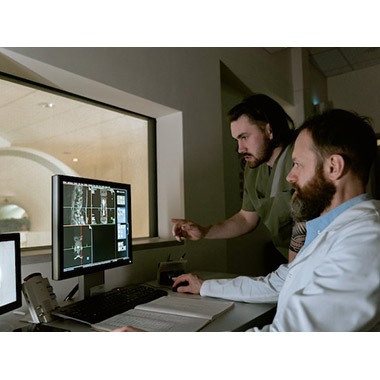FDA Releases New CM&S Tool for Metallic Orthopedic Implants Exposed to MRI

The FDA has released a new computational modeling and simulation tool (CM&S) that can predict the temperature rise in tissue around certain metallic orthopedic implants during a magnetic resonance imaging (MRI) scan.
The nonclinical assessment model (NAM) can predict the rise and distribution of temperature in bone around metallic femoral nails when exposed to radio frequencies during an MRI scan. The FDA noted that the tool was developed using data from female patients but has regulatory utility for assessing temperate rise in all adults, regardless of sex. It can identify the appropriate worst-case implant size, configuration, and orientation, and an allowable scan protocol by performing multiple simulations to determine the radio frequency-induced temperature rise based on scan times and rest times. Additionally, the tool’s ability to predict temperature rise can be used to help identify safe MRI scan protocols for the purposes of MR conditional labeling.
The intent of the NAM is to enable developers of in vivo medical devices to assess parameters for MR conditional labeling as well as to calculate a prediction of the worst-case performance of their designs. The worst-case performance is characterized by the maximum experienced in vivo temperature rise in or very close to the device.
The MDDT program is a voluntary program intended to facilitate device development and timely evaluation of medical devices by providing a more efficient and predictable means for collecting the necessary information to support FDA regulatory submissions and associated decision-making. It was developed to help the FDA qualify tools that medical device sponsors can choose to use in the development and evaluation of medical devices.